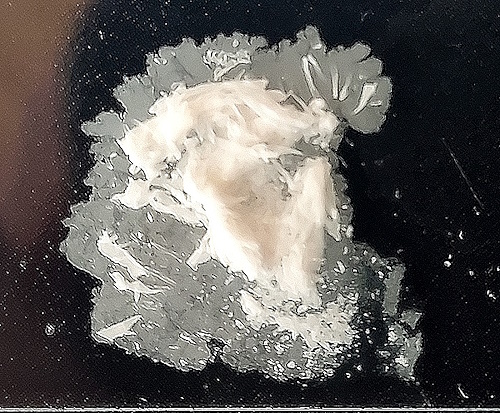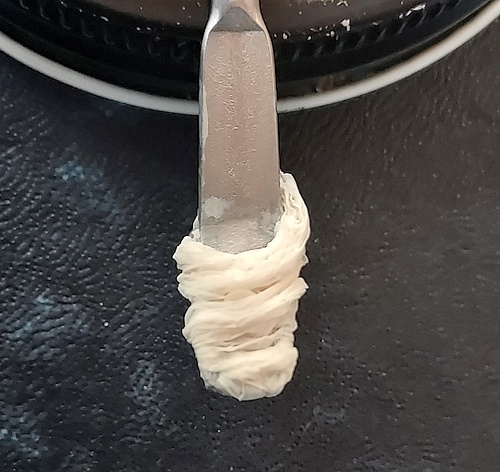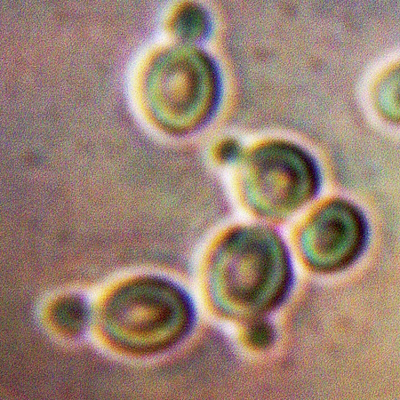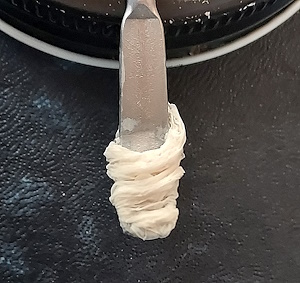Pandora’s Polymer : Synthetic Blood and the Cross Domain Bacteria (CDB)
Clifford E Carnicom
Feb 29 2024
A second polymer form that originates from the Cross Domain Bacteria (CDB) has been isolated and assessed. The CDB is a xenobiotic, genetically engineered synthetic biology that represents a threat to human existence. It has been under study for several decades and is known to degrade human health in a myriad of ways, with foremost visible damage to the blood.
The research at Carnicom Institute (CI) over the past couple of years is directed toward an increased understanding of the relationship between the CDB and the interaction from the “Covid Era” that has additionally been imposed. This research establishes that this synthetic biology is the primary source of blood damage, including that of blood coagulation. There is strong evidence that the purported “vaccines” from the Covid Era have added another complex layer of harm that increases the rate of and visibility of blood clots and coagulation.
Blood, biology, chemistry and polymer research at CI are at the core of understanding this relationship. A series of research papers by CI over this same period discloses many of the mechanisms of harm that are now known to exist. Numerous other researchers are now involved because of the assaults from the Covid Era, but it is hoped that an immediate awareness of the broader history of the decades old grand assault from synthetic biology will unfold. For your sake, and our sake, it needs to. No time for debates as to Who’s On First at this point…
Here is the assessment of this polymer that can be provided at this time:
“The material remains consistent with a genetically engineered, bacteria produced biopolymer likely composed primarily of proteins with potential incorporation of carbohydrates and lipids. The confirmed presence of hemoglobin and the culture solution properties suggest a genetically engineered product designed to mimic specific functionalities of blood components.”
Once again, keep in mind that this culture product derives solely from the existence of the CDB (nomenclature, 2014). No purported “vaccine” is introduced or required to produce this material.
The existence of synthetic blood, xenobiotic filaments, vinyl polymer functional groups, and proteins within this same culture product will be confronted at some point in comprehending the impact of the CDB upon human biology.
The makings of blood clots, in more than one way, are fully in place from the existence of the CDB alone. As mentioned, the Covid Era appears to add another significant layer of complexity to the blood clotting issue, but original sources for the problems, now amplified, will need to be acknowledged.
And yes, this polymer form also has “biomedical” (in this case, aka known as synthetic biology) applications.

Second polymer isolation from CDB culture.
All evidence points to that of a biological polymer,
i.e., composed in part of the biomolecules of life
(protein, carbohydrates, lipid, nucleic acids).
Magnifcation 2x.
One distinction that seems to exist between the two polymers recently isolated is that the previous form appears to act as a significant hydrogel. The dominant characteristics of this polymer seem to center on biological interaction.

Additional image of biopolymer isolated from the CDB.
Magnification 2x.

Image of synthetic erythrocytes
contained within CDB isolated biopolymer.
Multiple tests for hemoglobin present remain positive.
Original magnification 8000x.
______________________________________
End of Short Version
In like fashion to the previous polymer isolated, the following additional information is provided:
The assessment derives from the following testing methods:
1. Measured or observed properties of a particular and specific material that are produced solely by the CDB in culture form.
2. Ultraviolet Spectroscopy (UV)
3. Near Infrared Spectroscopy (NIR)
4. Qualitative Chemistry
5. Conductivity
6. pH
7. Thermodynamics
8. Solubility
9. Reasonably sophisticated chemometric analysis that attempts to synthesize the chemical nature of the material in a combined sense, dependent upon measured properties.
10. Spectroscopy and chemical reference sources.
The measured or observed properties of the substance are:
1. Microscopic view at 3200-8000x reveals significant presence of cells that match erythrocyte geometry and biconcave nature; size often reduced.
2. Thermodynamic properties:
a) Browns at 200 deg C
b) Charred at 410
c) Combustion point, if it exists, is greater than 510 deg C
d) Releases detectable volatile organic compounds during heating
3. Near infrared absorbance indicates probable functional groups present:
a) Methyl
b) Amide/protein
c) Vinyl
d) Alkyl alcohol.
4. Solubility test information:
a) Slightly soluble in water
b) Slightly soluble in Acetone
c) Insoluble in Mineral Oil
d) Moderately soluble in approx 1M sulfuric acid
e) Insoluble in NaOH-KOH
5. Color is pure white
6. It is created by genetically engineered bacteria
8. Ultraviolet absorbance at 258 nanometers (nm) and at less than 198 nm.
9. Soft Plastic polymer appearance and texture
10. The material has been confirmed to contain hemoglobin.
11. pH of the generating culture is 3.9
12. Electrical conductivity of the generating culture is 10.6 millisiemens (mS)
Clifford E Carnicom
Feb 29 2024
Born Clifford Bruce Stewart, Jan 19 1953



